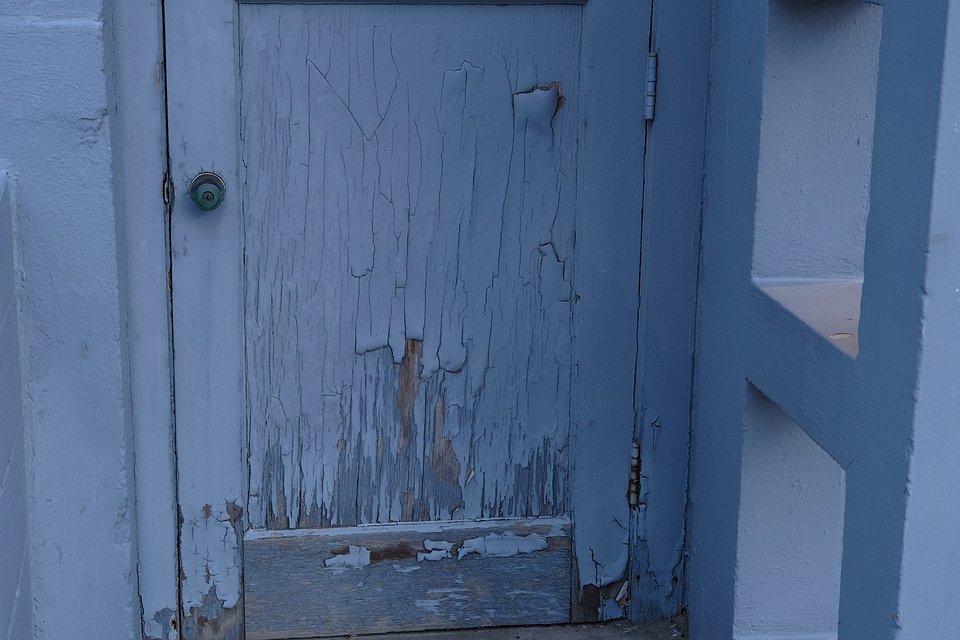What's next for Valley View
Since November 1989, only one bond measure to improve schools in Boundary County has passed. The latest attempt – one to replace Valley View Elementary – failed last Tuesday, adding to a long list of setbacks.
“We don’t need a Taj Mahal,” Boundary County School District Superintendent Jan Bayer said of Valley View. “We just need a building without cracks.”
This is the third time the fate of Valley View has been on the ballot in the last two-and-a-half years. Twice in 2022, the measure failed. That March, 54 percent voted yes to a $16.4 million bond, but that still wasn’t enough because Idaho is one of two states that require a two-thirds majority for bonds to pass.
“That threshold of 66 2/3 is wrong,” Bayer said. “Why is one vote more important than another?”
State-controlled funding could cost more, school board warns
In search of alternative funding sources for a new school facility, the Boundary County School Board could eventually vote to apply for the Idaho Public School Facilities Cooperative Funding Program. In that case, BCSD would hand over its decision-making power – and with it the power of voters to decide on tax policies – to the state. The state would then oversee the construction project and impose local taxes that would likely cost far more than a local bond to build the new school, according to Idaho Statute 33-909.
Lt. Gov. Scott Bedke, who sponsored this legislation, will be in Bonners Ferry today to tour Valley View.
“I personally am in favor of going to the state and having them intervene in helping our community build a new, safe elementary school for 430 students to attend,” said Boundary County School Board Vice Chair Teresa Rae. “We are done wasting taxpayer dollars putting lipstick on a pig.” 
BCSB Chair Ron MacDonald said the board will have to make a decision by January.
Bayer believes the school district will eventually go down the road of state intervention – if a bond measure fails again next year. She hopes voters will recognize that a state-funded-and-operated project could lead to higher tax rates and that, in such a scenario, the state would have the final say rather than the local school board. Bayer emphasized that the local board, with its stronger connection to the community, has a more vested interest in the wellbeing of Boundary County residents, so the decisions are best left with it.
“We want to be positive stewards of taxpayer money,” she said. “When you think about building a new school, we want it to be safe and functional without overtaxing our people.”
Funding challenges persist despite state aid
Passing a bond next November remains a steep challenge, as voter sentiment has been moving in the wrong direction. The $16.4 million bond measure in March 2022 came 10 percent closer to passing than last week's far more inexpensive $10.5 million bond.
Idaho House Bill 521 – enacted in July – enabled BCSD to lower the bond price by receiving $5.13 million for a facilities upgrade. The first payment of $4.9 million was made to BCSD on Oct. 30.
State lawmakers acknowledged before the bill was enacted that despite the financial relief provided by HB 521, school districts – especially in rural areas – will still have to turn to their taxpayers for funding.
“It costs $25 to $30 million to build an elementary school whether you live in Boise, Bancroft or Bonners Ferry,” Jason Knopp, a school board chairman from Melba, said at the House Revenue and Taxation Committee Meeting last February in Boise, per an Idaho Education News report.
State efforts to provide financial aid to Idaho schools, such as HB 521 and HB 292 – a property tax relief bill passed in 2023 – have helped BCSD with facilities funding and paying off an existing levy. But state funding for maintenance and operations has dwindled over the years.
The state has budgeted $11.65 million for BCSD maintenance in 2025, a dollar amount that has increased by over $2.5 million annually since the start of the Great Recession in 2008. But when adjusted for inflation, the district is receiving less money now than it used to by over $1 million.
Idaho, after all, ranks last in the nation in school infrastructure spending per student, according to the U.S. Census Bureau. 
Decreased real state funding for maintenance is exacerbated by the district’s decision to use HB 521 funding for facilities instead of maintenance. Now, the school board must prioritize a maintenance and operations levy in the upcoming May election to sustain the day-to-day essentials of its schools, such as sports, fine arts and school supplies. The $5.13 million capital investment from HB 521 will likely be set aside until at least November 2025 when the school bond is likely to return to the ballot.
Boundary County is not alone, however, in its struggle to hold its end of the bargain with the state for new facilities projects. Over two-thirds of the 115 Idaho school districts have opted to use the HB 521 funds for facilities rather than maintenance. But many school districts are grappling with the same inability to pass local school bonds. Since 2006, just 44 percent of bond measures in the state have passed, according to a study released by ProPublica.
“We were disappointed the bond failed, but not shocked,” Bayer said.
For now, Bayer expects the school board to strategize for a new supplemental maintenance and operations levy at the school board meeting on Tuesday, Nov. 19 at 5:00 p.m. at the Boundary County Middle School Library.

